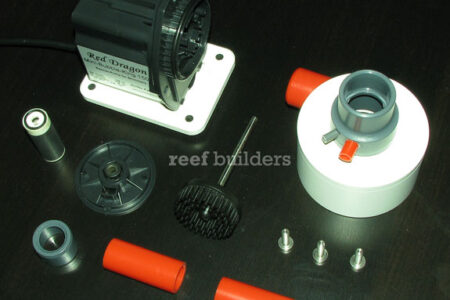A study published in the journal Restoration Ecology has shown that degraded reef habitats can be rehabilitated over large scales using a spider frame technique. These frames are relatively inexpensive to build, and light enough to easily transport and install on the reef.
We recently came across a project with Blue Corner Dive in Nusa Lembongan Indonesia using the same hexagonal spider frames.
Between 2013 and 2015, researchers from the University of California, Davis attached coral fragments to over 11,000 structures across 5 acres of reef in the center of Indonesia’s Coral Triangle. What they found was live coral cover on the structures increased from less than 10 percent to more than 60 percent.
The open shape of these frames allows room for corals to grow and allows water to flow through the frame, it also creates hiding places below the coral for fish. The long legs press into the substrate and help stabilize the area together while the rebar frame above provides a suitable habitat for growing new coral fragments.
This technique is especially useful for areas that have been damaged by blast fishing, anchor or storm damage, where structural complexity has been lost.
But what is really promising about this technique is cost, around $25 per square meter.
Pictures from Blue Corner restoration project in Nusa Lembongan Indonesia
“Coral reef rehabilitation and restoration efforts are rapidly increasing around the world, but there are few large-scale examples of successful projects,” said corresponding author Christine Sur, who was a UC Davis graduate student at the time of the study. “Our study demonstrates a cost-effective, scalable method that can inform other coral reef restoration efforts aimed at reducing the global decline of these valuable and unique ecosystems.”
In the meantime, the “spider” technique and restoration projects offer a way to rehabilitate large swaths of coral reefs and the communities that depend on them, giving the reefs a chance to adapt or acclimate to worsening ocean conditions. [UCDAVIS]



